A fossilized chromosome offers incredible insights into the Ice Age beast.
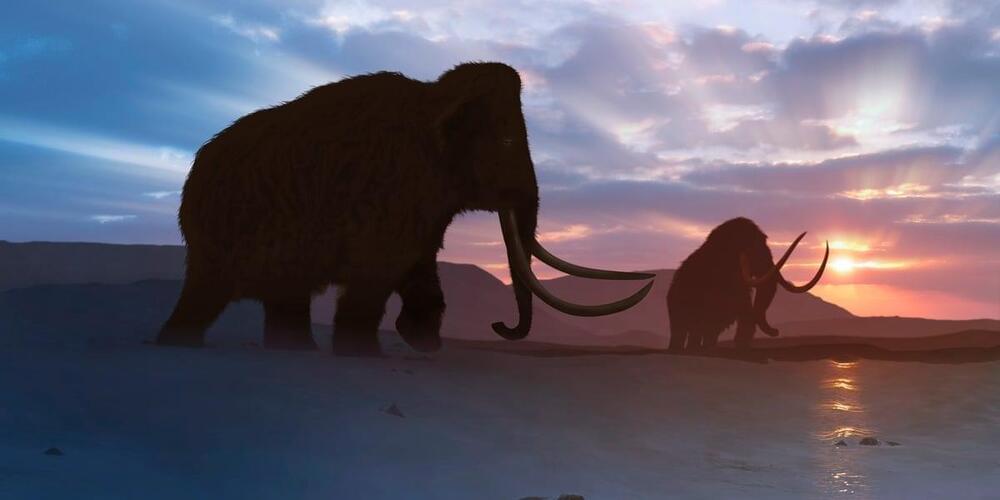


ChatGPT creator OpenAI has developed internal tools for watermarking and tracking AI-generated content with 99.9 percent accuracy, the Wall Street Journal reports — but is refusing to release it.
Effective tools for flagging AI-generated text could be useful in any number of situations, from cracking down on cheating students to sorting through the AI-generated sludge filling the web.
Which is why it’s so surprising that OpenAI, as the WSJ reports, has been quietly hanging onto tools that could do exactly that.
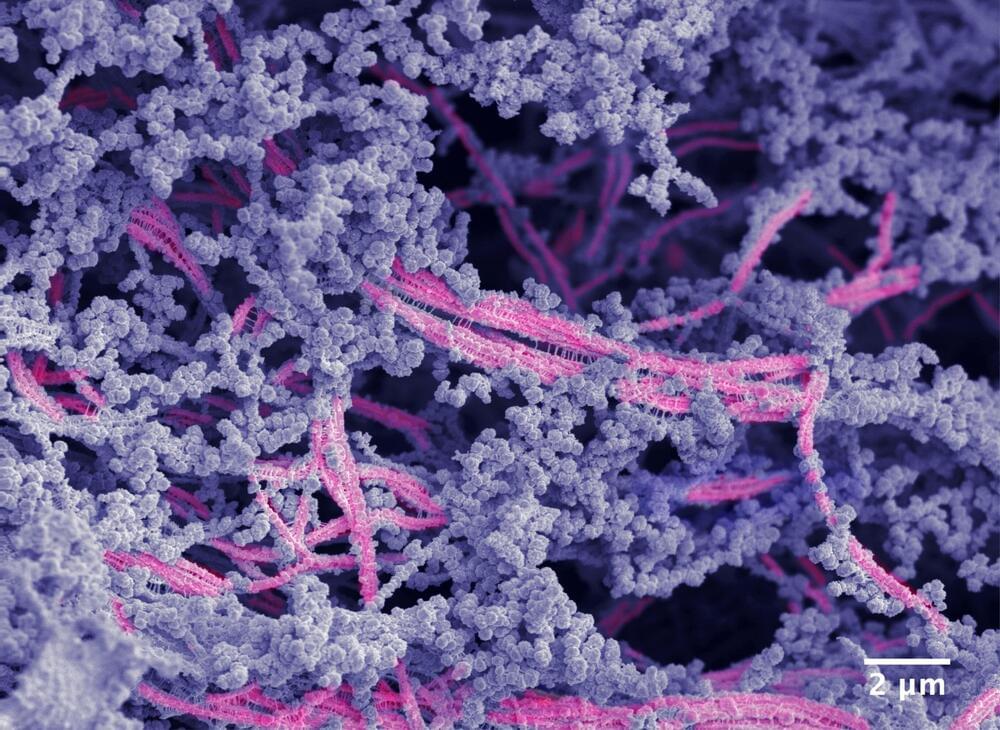
Northwestern University scientists have developed a new bioactive material that successfully regenerated high-quality cartilage in the knee joints of a large-animal model.
Although it looks like a rubbery goo, the material is actually a complex network of molecular components, which work together to mimic cartilage’s natural environment in the body.
In the new study, the researchers applied the material to damaged cartilage in the animals’ knee joints. Within just six months, the researchers observed evidence of enhanced repair, including the growth of new cartilage containing the natural biopolymers (collagen II and proteoglycans), which enable pain-free mechanical resilience in joints.
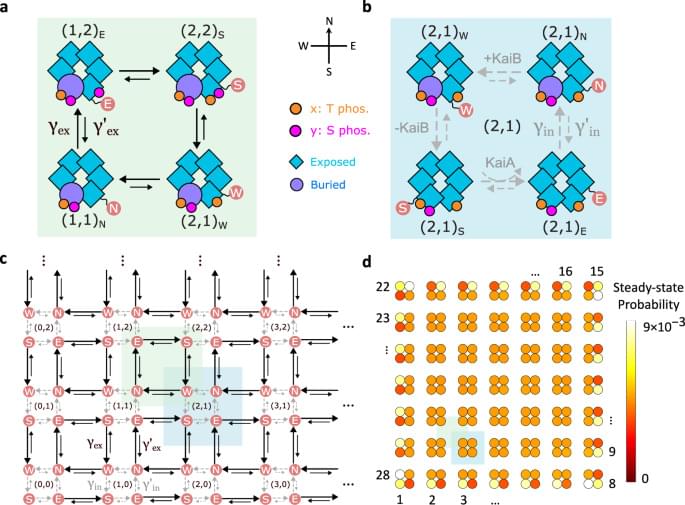
Complex biological systems, often stochastic and heterogenous, can undergo dimensionality reduction, however processes governing thision are not well understood. The authors propose a topological model that produces long oscillations in biological networks, reducing the system dynamics to a lower-dimensional current.


In the rapidly advancing field of artificial intelligence (AI), few voices resonate as profoundly as Dr Ben Goertzel’s. With a background in mathematics and decades of experience as an AI researcher, Ben’s insights into the future of AI and its convergence with human intelligence offer a compelling narrative.
This article goes into his perspectives as shared in the session IA générale: vers la singularité — avec Dr Ben Goertzel, exploring the technological singularity, the mainstreaming of transhumanist ideas, and the profound societal and philosophical implications of these advancements.
Ben Goertzel’s journey into AI began in the 1970s, when the concept of machines matching human intelligence was confined to science fiction. Today, however, we are on the brink of achieving this milestone. He expresses his excitement and trepidation about this development, highlighting the double-edged nature of such a revolutionary transformation.
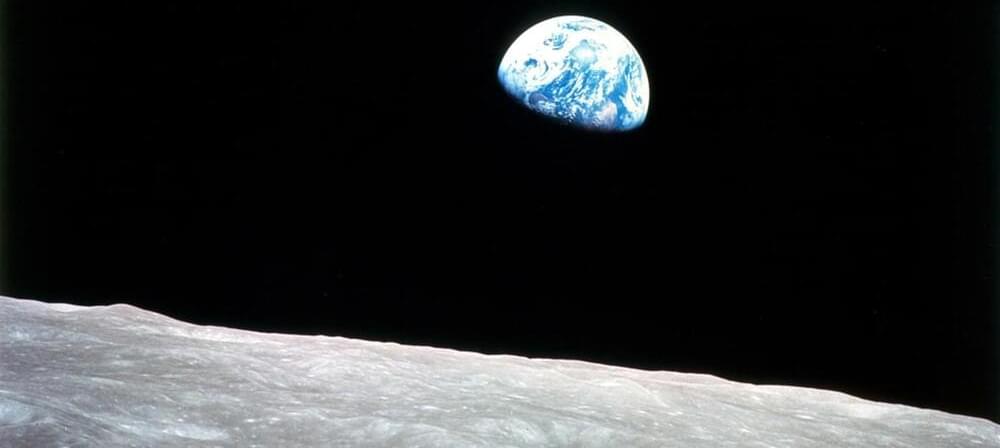
Could we store samples of Earth’s endangered biodiversity on the Moon for long-term preservation? This is what a recent study published in BioScience hopes to address as a team of researchers led by the Smithsonian Institution proposes how the Moon’s permanently shadowed regions (PSRs) located at the lunar north and south poles could be ideal locations for establishing a lunar biorepository where endangered species can be cryopreserved. This study holds the potential to safeguard Earth’s biodiversity from extinction while improving future space exploration and possible terraforming of other worlds.
“Initially, a lunar biorepository would target the most at-risk species on Earth today, but our ultimate goal would be to cryopreserve most species on Earth,” said Dr. Mary Hagedorn, who is a research cryobiologist at the Smithsonian National Zoo and Conservation Biology Institute and lead author of the study. “We hope that by sharing our vision, our group can find additional partners to expand the conversation, discuss threats and opportunities and conduct the necessary research and testing to make this biorepository a reality.”
The reason lunar PSRs are of interest for this proposal is due to several craters being completely devoid of sunlight from the Moon’s small axial tilt (6.7 degrees versus Earth’s 23.5 degrees). The team postulates this presents ample opportunity for storing several groups, including pollinators, threatened and endangered animals, culturally important species, and primary producers, just to name a few.

TAIPEI, Taiwan — Chinese-American physicist Tsung-Dao Lee, who in 1957 became the second-youngest scientist to receive a Nobel Prize, died Sunday at his home in San Francisco at age 97, according to a Chinese university and a research center.
Lee, whose work advanced the understanding of particle physics, was one of the great masters in the field, according to a joint obituary released Monday by the Tsung-Dao Lee Institute at Shanghai Jiao Tong University and the Beijing-based China Center for Advanced Science and Technology.
Lee, a naturalized U.S. citizen since 1962, was also a professor emeritus at Columbia University in New York.
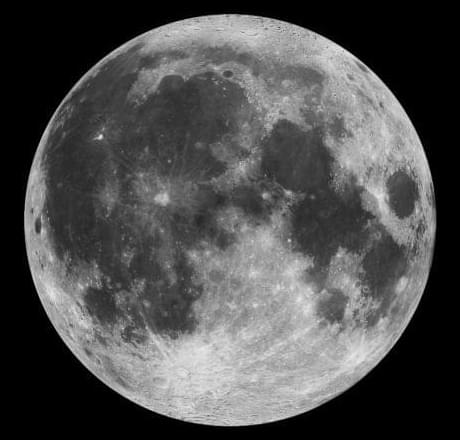
A group of scientists has devised a plan to safeguard Earth’s species in a cryogenic biorepository on the moon.
Intended to save species in the event of a disaster on Earth, the plan makes use of craters that are permanently in shadow and therefore cold enough to allow cryogenic preservation of biological material without using electricity or liquid nitrogen, according to research from a group led by scientists at the Smithsonian, published last week.
The paper, published in the journal BioScience, draws on the successful cryopreservation of skin samples from a fish, and outlines a method for creating a biorepository that would keep samples of other species safe.